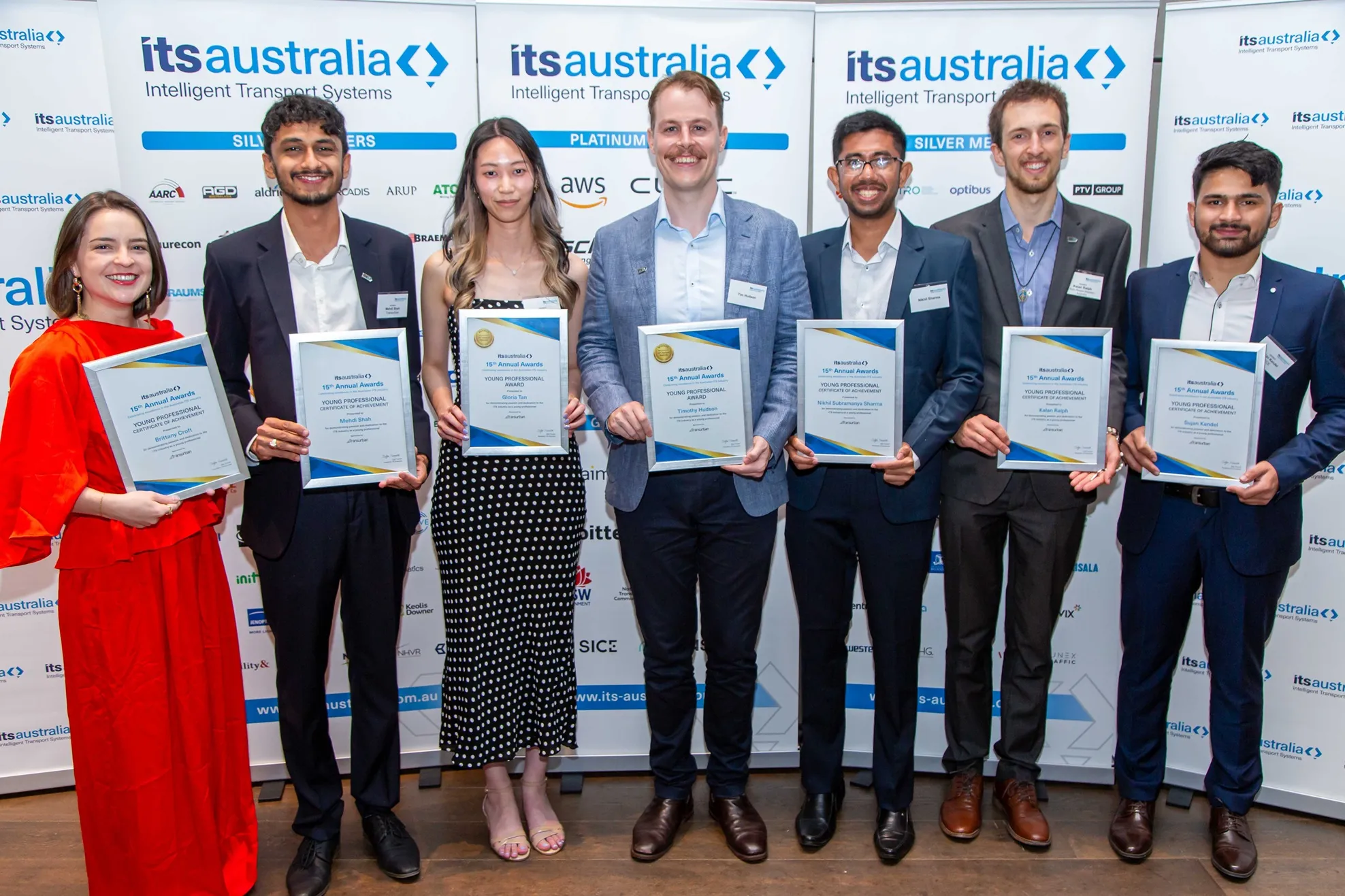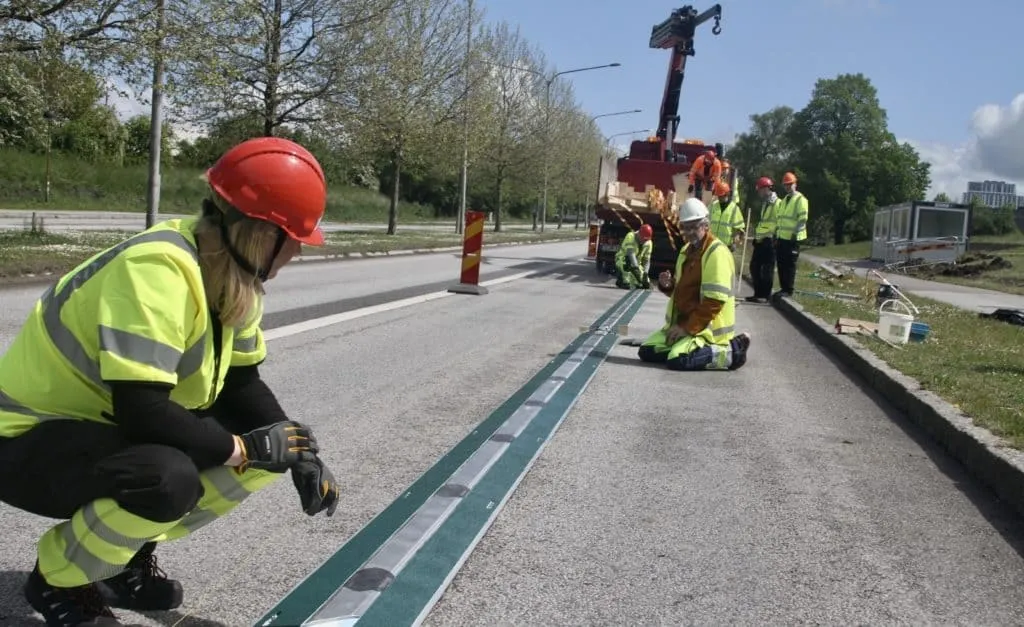
The 15th Annual ITS Australia Awards, held in Perth, Western Australia, honoured a range of people and projects in the country's intelligent transportation sector.
Silje Troseth, president of ITS Australia, says: "The diverse range of winners highlights the impressive efforts of industry leaders, government agencies, and researchers working together to create a safer, more sustainable, and accessible transport network that benefits all Australians."
Two awards were announced last year - the inaugural winner of the Woman of the Year Award was Dr Miranda Blogg, and Max Lay Lifetime Achievement Award winner John Venables.
On the night, the Young Professional Award, sponsored by Transurban, was a tie between Gloria Tan from Service Stream and Timothy Hudson from Transurban.
This year's Connected & Automated Vehicle Award was won by Lexus Australia for its project, in central Sydney’s Darling Harbour, which integrated cooperative ITS (C-ITS) to create a safer urban environment, focusing on the safety of pedestrians and cyclists. “Our research and development fleet of Lexus vehicles using C-ITS to exchange messages with other vehicles, road users and infrastructure allows us to apply real-world learnings into current and future active safety technology," comments Lexus Australia chief executive John Pappas.
The Smart Transport Infrastructure Award was presented to Transport for NSW for its work combining light detection and ranging scanning technology with ANPR software to deliver instantaneous warnings to truck drivers on the overhead variable message sign. “The NSW Government remains resolute in its commitment to stopping overheight trucks from shutting down our city and inconveniencing motorists,” said Raj Roychoudhry, operational technology, coordinator general at Transport for NSW. “This new technology on trial will help us strengthen the approach even further."
The Intelligent Mobility Award went to Sage Automation for its See Me app, which allows users to hail a bus remotely and be notified when it is approaching and when it is about to reach the end destination. Sage's Cassie Hames, who pioneered the app, explains: “See Me was created on the principles of inclusion and making public transport accessible for everyone. The idea for See Me came from my own experience of using public transport, and the input of many people who rely on public transport but find it challenging. My hope is that See Me has demonstrated how considering and including other perspectives can enrich our community and drive innovation in our industry.”
The Excellence in Research & Development Award, sponsored by iMove Australia, was won by Main Roads Western Australia for its work with iMove and Aimsun on smart roads. “Our latest Smart Freeway Mitchell Southbound went live in December 2024 and is already delivering significant benefits to Western Australians through improvements to safety, reliability, sustainability, and travel time savings,” said Mehdi Langroudi, executive director of Network Operations.
The Excellence in Transport Data Award went to Transport for NSW for its collaboration with the University of Technology Sydney to develop a data-driven solution leveraging data, AI, and optimisation techniques to estimate emergency bus service demand and optimising bus routes and deployment during network disruptions. “Data only has value when it reaches the hands of those who make decisions," says Ruimin Li, director intelligence & enablement, coordinator general, Transport for NSW. "By working with business to develop tools for our frontline staff, we turn insights into real impacts. This award honours the power of engaging end users in unlocking the true potential of transport data.”
"This year’s winning projects truly highlight the collaborative spirit that drives Australia’s intelligent transport systems sector, particularly the strong partnerships being forged with leading universities to deliver evidence-based solutions to some the nation’s biggest transport challenges," said Susan Harris, CEO of ITS Australia.
"As the peak industry body, ITS Australia is dedicated to nurturing these transformative collaborations, which are paving the way for technology-driven solutions that are enhancing all modes of transport and improving the travel experience for Australians.”








